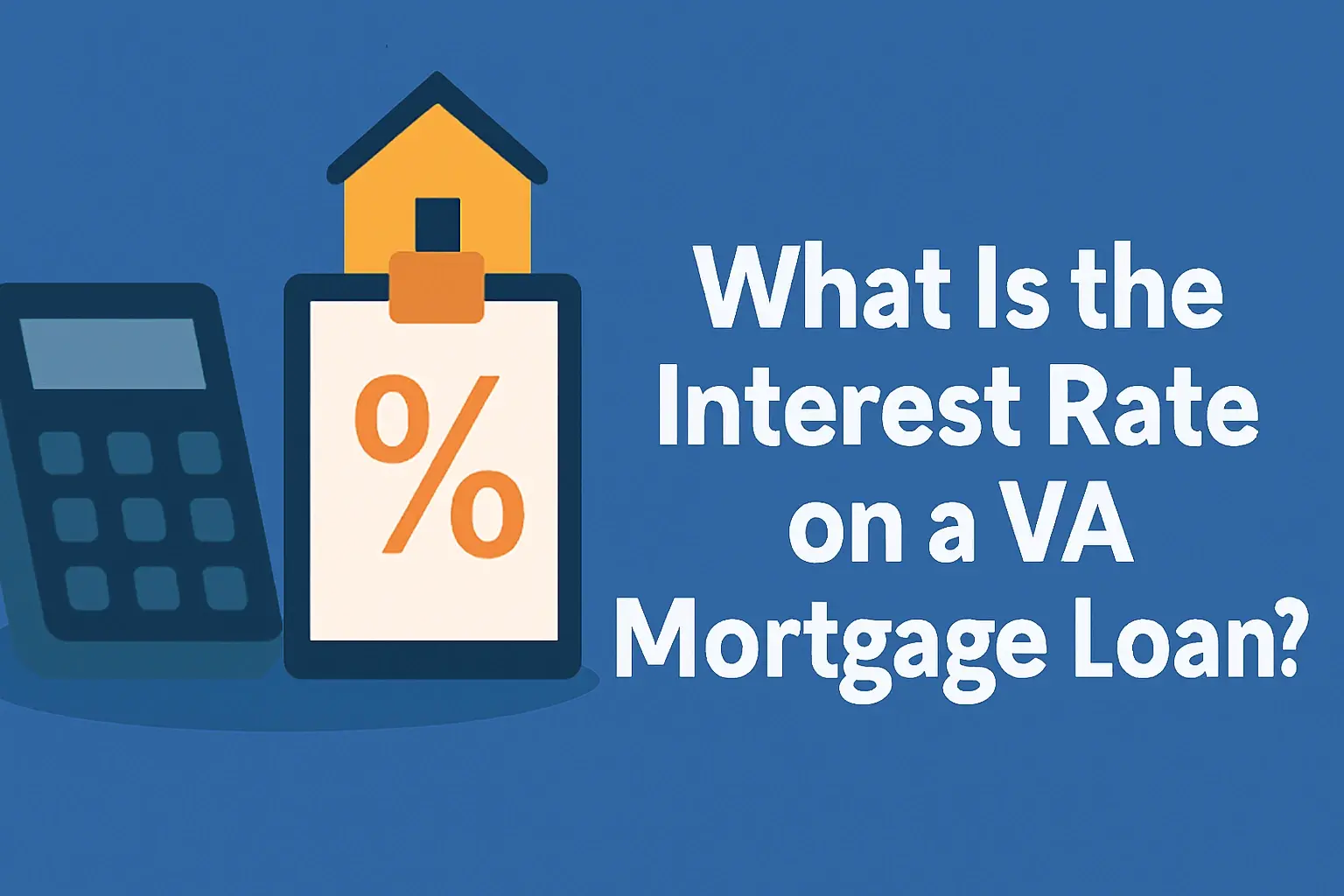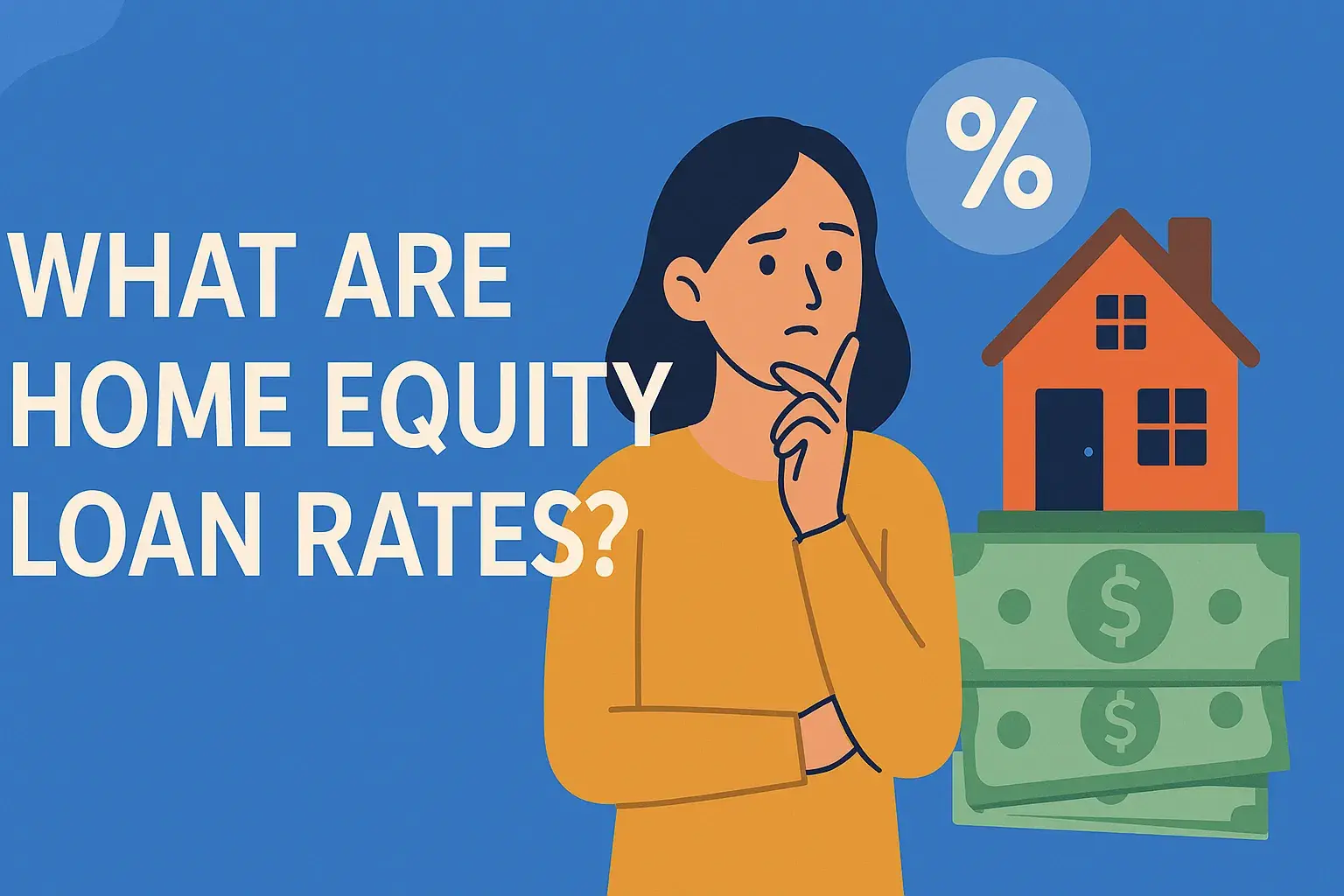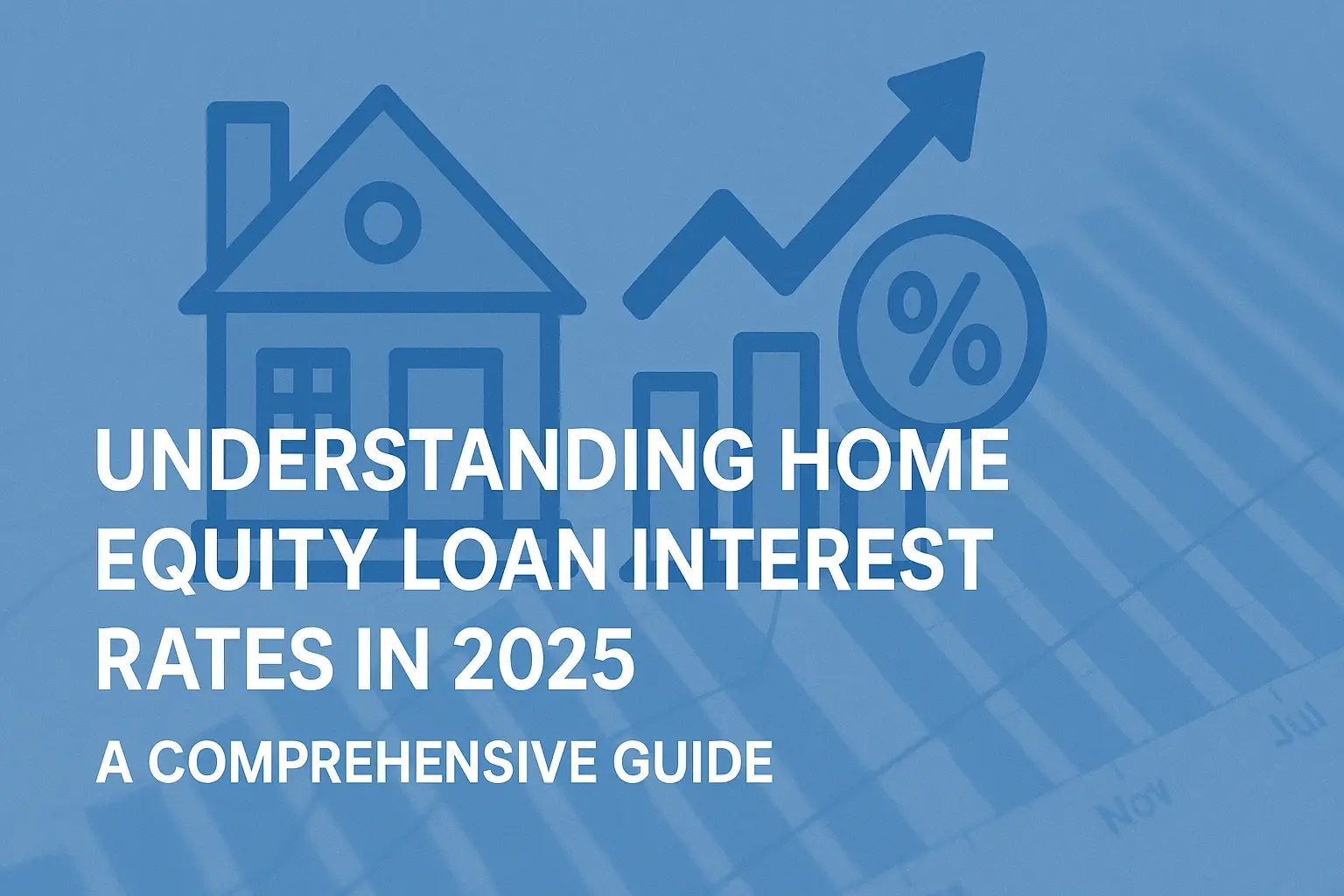-
Posted on: 23 Aug 2024

-
Buying a home is a significant milestone in many people's lives. However, securing a home loan can seem like a daunting process. Understanding the key factors that lenders consider is crucial for increasing your chances of approval and finding the best mortgage for your needs. This comprehensive guide will walk you through the steps necessary to qualify for a home loan, from checking your credit score to saving for a down payment and understanding different loan types.
1. Understanding the Basics of Mortgage Qualification
Before diving into the specifics, it's essential to grasp the fundamental aspects of mortgage qualification. Lenders primarily assess your ability and willingness to repay the loan. They evaluate several factors, including your credit history, income, assets, and debt. The better you understand these criteria, the more prepared you'll be to meet the lender's requirements.
1.1 Key Factors Lenders Consider
- Credit Score: Your credit score is a numerical representation of your creditworthiness.
- Debt-to-Income Ratio (DTI): DTI measures your monthly debt payments compared to your gross monthly income.
- Down Payment: The amount of money you contribute upfront towards the purchase of the home.
- Income and Employment History: Lenders need assurance of stable and reliable income.
- Assets: Your savings, investments, and other assets demonstrate your financial stability.
2. Improving Your Credit Score
Your credit score is a critical factor in determining your mortgage eligibility and interest rate. A higher credit score generally translates to lower interest rates and more favorable loan terms. Aim for a credit score of 740 or higher to qualify for the best interest rates. If your credit score is lower, there are steps you can take to improve it.
2.1 Understanding Credit Scores
Credit scores are typically calculated using the FICO model, which considers factors such as payment history, amounts owed, length of credit history, credit mix, and new credit. Understanding these components can help you identify areas for improvement.
2.2 Steps to Improve Your Credit Score
- Pay Bills on Time: Payment history is the most significant factor in your credit score.
- Reduce Credit Card Balances: Aim to keep your credit card balances below 30% of your credit limit. Ideally, keep them below 10%.
- Dispute Errors on Your Credit Report: Regularly check your credit report for inaccuracies and dispute any errors you find.
- Avoid Opening Too Many New Credit Accounts: Opening several new credit accounts in a short period can negatively impact your credit score.
- Become an Authorized User: If someone you know has a credit card with a good payment history, becoming an authorized user can help improve your credit score.
3. Calculating Your Debt-to-Income Ratio (DTI)
Your debt-to-income ratio (DTI) is a crucial metric that lenders use to assess your ability to manage monthly payments. It represents the percentage of your gross monthly income that goes towards debt payments, including mortgage payments, credit card debt, student loans, and car loans. A lower DTI indicates a more manageable debt load and increases your chances of mortgage approval.
3.1 Understanding DTI
Lenders typically prefer a DTI of 43% or lower. However, some lenders may accept a higher DTI, especially if you have a strong credit score and a significant down payment. To calculate your DTI, divide your total monthly debt payments by your gross monthly income.
3.2 How to Lower Your DTI
- Pay Down Debt: Reducing your outstanding debt balances is the most effective way to lower your DTI.
- Increase Your Income: Increasing your income, through a raise, promotion, or side hustle, can also lower your DTI.
- Refinance Existing Debt: Refinancing high-interest debt to a lower interest rate can reduce your monthly payments and lower your DTI.
- Avoid Taking on New Debt: Refrain from opening new credit accounts or incurring additional debt before applying for a mortgage.
4. Saving for a Down Payment
The down payment is the initial amount of money you pay towards the purchase of a home. The standard down payment has often been considered 20% of the home's purchase price, but many loan programs offer options with lower down payment requirements, such as 3% or even 0% for certain qualified borrowers.
4.1 Down Payment Options
- Traditional 20% Down Payment: Offers lower monthly payments and avoids private mortgage insurance (PMI).
- Lower Down Payment Options (3-5%): More accessible for first-time homebuyers but typically requires PMI.
- FHA Loans (3.5% Down Payment): Government-backed loans with more lenient credit requirements, but requires mortgage insurance.
- VA Loans (0% Down Payment): Available to eligible veterans and active-duty service members.
- USDA Loans (0% Down Payment): Available in eligible rural areas.
4.2 Strategies for Saving for a Down Payment
- Create a Budget: Track your income and expenses to identify areas where you can save money.
- Set Savings Goals: Establish clear savings goals and track your progress.
- Automate Your Savings: Set up automatic transfers from your checking account to a savings account dedicated to your down payment.
- Reduce Unnecessary Expenses: Identify and cut back on non-essential expenses, such as dining out, entertainment, and subscriptions.
- Explore Down Payment Assistance Programs: Research and apply for down payment assistance programs offered by state and local governments.
5. Gathering Documentation and Preparing Your Application
Once you've addressed the key factors discussed above, the next step is to gather the necessary documentation and prepare your mortgage application. This involves collecting financial records, employment verification, and other relevant documents. Having these documents readily available will streamline the application process and expedite the loan approval.
5.1 Required Documentation
- Proof of Income: W-2 forms, pay stubs, tax returns (typically the past two years).
- Bank Statements: Bank statements for the past few months to verify assets and down payment funds.
- Credit Report: A copy of your credit report from each of the three major credit bureaus (Equifax, Experian, and TransUnion).
- Identification: Driver's license or other government-issued photo ID.
- Asset Verification: Statements for investment accounts, retirement accounts, and other assets.
- Purchase Agreement: If you've already found a home, the purchase agreement with the seller.
- Gift Letter (if applicable): If you're receiving gift funds for the down payment, a letter from the donor stating that the funds are a gift and not a loan.
5.2 The Mortgage Application Process
- Pre-Approval: Get pre-approved for a mortgage before you start house hunting. This gives you a better idea of how much you can afford and strengthens your offer when you find a home.
- Loan Application: Complete the formal mortgage application with your chosen lender.
- Underwriting: The lender will review your application, documentation, and credit history to assess your risk.
- Appraisal: The lender will order an appraisal to determine the fair market value of the property.
- Loan Approval: If the underwriting and appraisal are satisfactory, the lender will issue a loan approval.
- Closing: Schedule a closing date and sign the final loan documents.
6. Choosing the Right Mortgage Type
There are various types of mortgage loans available, each with its own advantages and disadvantages. Choosing the right mortgage type depends on your individual financial situation, credit history, and homeownership goals.
6.1 Common Mortgage Types
- Conventional Loans: Mortgages not insured or guaranteed by the government. Typically require a higher credit score and a larger down payment.
- FHA Loans: Government-insured loans with more lenient credit requirements and lower down payment options, but require mortgage insurance.
- VA Loans: Loans guaranteed by the Department of Veterans Affairs, available to eligible veterans and active-duty service members. Offer 0% down payment options and no private mortgage insurance.
- USDA Loans: Loans guaranteed by the U.S. Department of Agriculture, available in eligible rural areas. Offer 0% down payment options.
- Adjustable-Rate Mortgages (ARMs): Mortgages with an interest rate that adjusts periodically based on market conditions. Can offer lower initial interest rates but carry the risk of increasing rates in the future.
- Fixed-Rate Mortgages: Mortgages with a fixed interest rate that remains constant throughout the loan term. Provide stability and predictability in monthly payments.
7. Working with a Mortgage Professional
Navigating the mortgage process can be complex and overwhelming. Working with a qualified mortgage professional can provide valuable guidance and support throughout the process. A mortgage broker or loan officer can help you compare loan options, understand the requirements, and navigate the application process.
7.1 Benefits of Working with a Mortgage Professional
- Expert Guidance: Provides expert advice and guidance on mortgage options and requirements.
- Loan Comparison: Helps you compare loan options from different lenders to find the best rates and terms.
- Application Assistance: Assists you with completing the mortgage application and gathering the necessary documentation.
- Negotiation Support: Can negotiate on your behalf with lenders to secure the best possible loan terms.
- Streamlined Process: Simplifies and streamlines the mortgage process, saving you time and stress.








